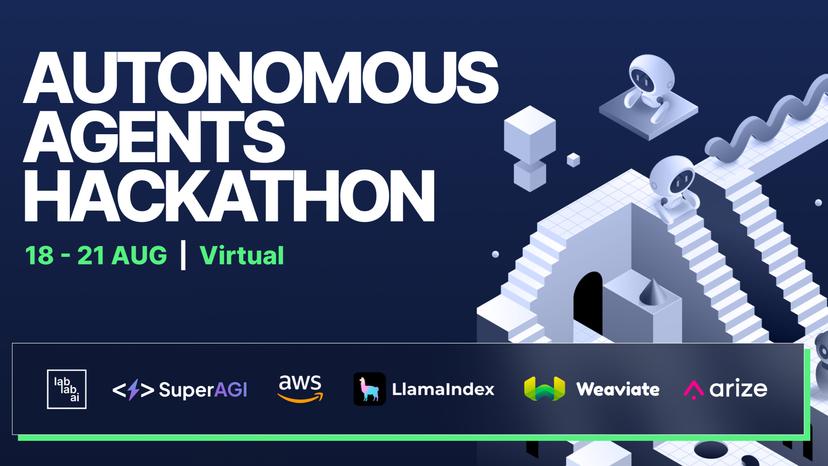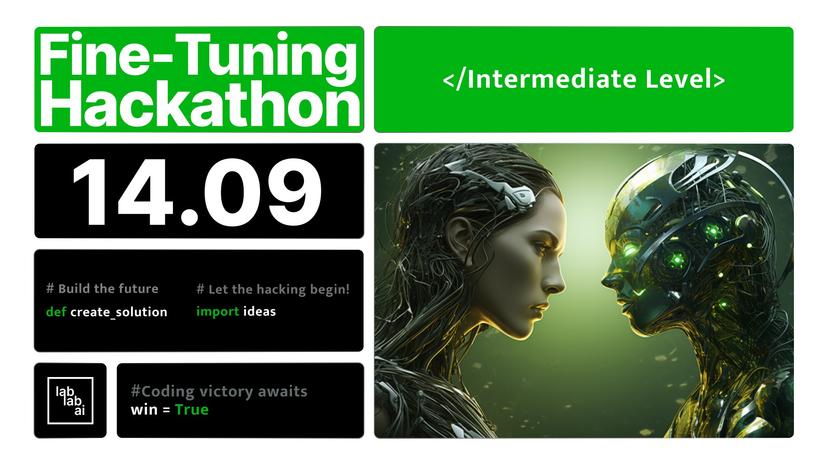🤝 Top Collabolators
🤓 Latest Submissions
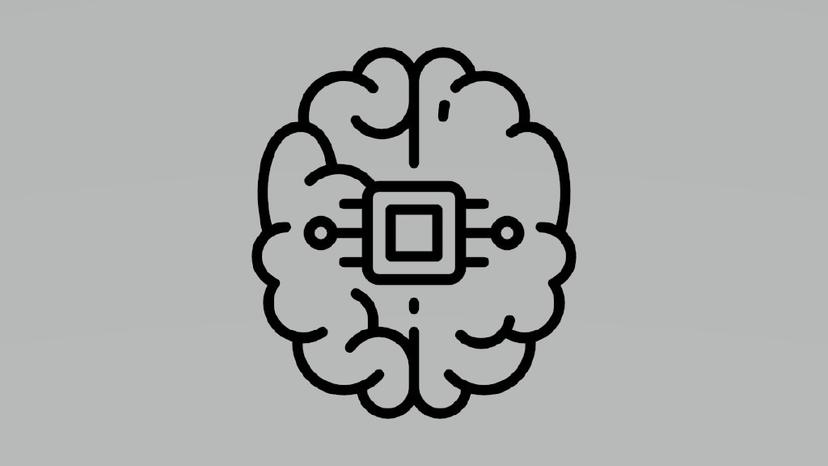
Human Emulation System
The Human Emulation System (HES) seeks to replicate human cognitive processes by dividing thinking into distinct logical and creative components. Inspired by the structure of the human brain, HES uses the metaphor of the left and right hemispheres to represent analytical and creative thinking, respectively. Through separate AI model calls, the system generates responses that align with these characteristics, further integrating them into a well-balanced, synthesized answer. A user-friendly Gradio interface allows users to input queries and adjust parameters. The system offers a novel approach to understanding and exploring the multifaceted nature of human intelligence, bridging technology with cognitive science. It has potential applications in education, creative problem-solving, and human-computer interaction, acting as a unique platform for intellectual curiosity and technological innovation.
21 Aug 2023
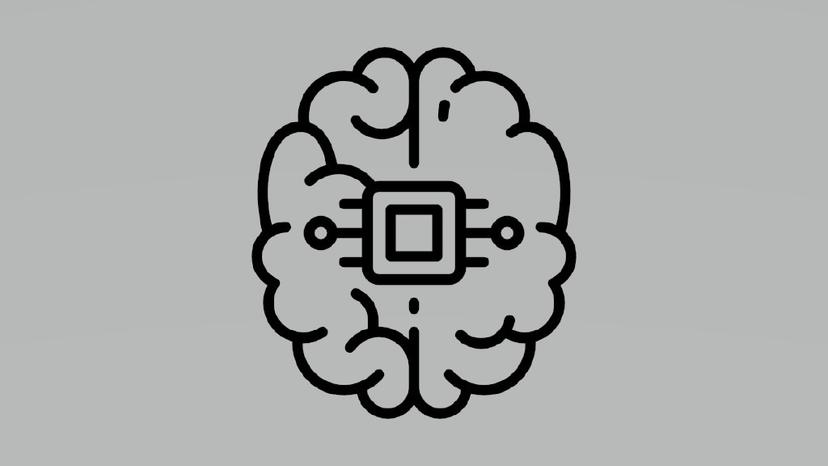
Human Emulation System - Edge Edition
This cloud-hosted platform utilizes Clarifai and Open Source Llama 2 models to deliver a revolutionary AI experience. [Conceptual Foundation] At the core of this endeavor are dual Large Language Models (LLMs). These are not just any AI models; they are purpose-built to emulate the two hemispheres of the human brain. One LLM excels in analytical and logical reasoning, mimicking the left hemisphere's capabilities. In contrast, the second LLM focuses on symbolic understanding and creative interpretation, akin to the right hemisphere of the brain. [Harmonization Mechanism] To ensure these two divergent models work in concert, we reintroduce the foundational model as a mediating model. This simpler AI serves as a bridge, deciding when to utilize logical analytics and when to engage in artistic ideation. It integrates the outputs of both LLMs into a cohesive and nuanced chain of thought, thus creating an AI that can think dichotomously. [User Interface] The Web User Interface (WebUI) serves as the touchpoint for human interaction. It allows users to manage and interact with both LLMs and the Mediating Model. Designed with accessibility in mind, the WebUI offers a transparent look into how the AI thinks, reasons, and makes decisions. [Technical Integrity] As a full-stack project, we've designed both front-end and back-end components using standard web technologies and machine learning frameworks. This ensures a robust, scalable, and adaptable system capable of evolving as AI and web technologies advance. [Objectives and Impact] The ultimate goal is more than just technical achievement; it's to craft an elegant solution that balances the analytical and creative facets of thought, much like a human brain. The project reflects both the scientific rigor and artistic creativity inherent in complex problem-solving. Your engagement with this project offers a glimpse into the future of AI—a future where machines don't just calculate and sort but truly think and create.
28 Aug 2023
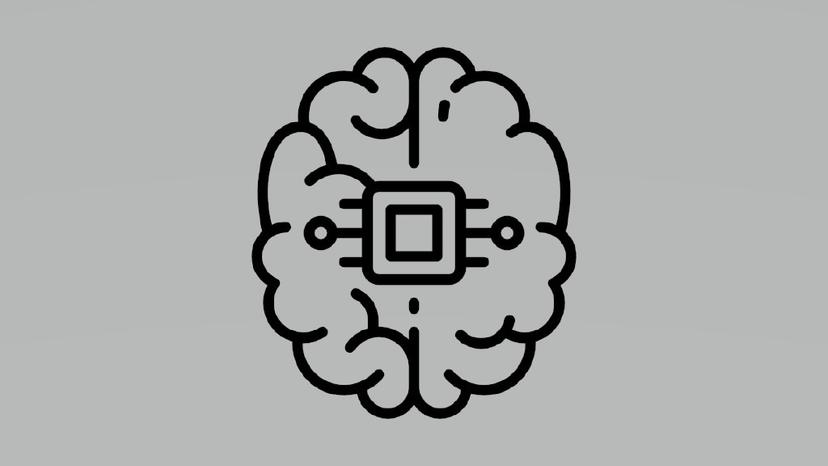
Human Emulation System - Coding Edition
The Human Emulation System (Coding Edition), developed during the StableCode Hackathon, represents a cutting-edge convergence of artificial intelligence, software engineering, and cognitive science. This system is rooted in the dual-hemisphere approach, seeking to emulate the human brain's ability to process both logical reasoning and creative expression. Dual-Hemisphere Approach: The core philosophy of the HES is the integration of two distinct cognitive paradigms - the "left hemisphere" focusing on analytic logic and best coding practices, and the "right hemisphere" embracing creative, symbolic, and expressive code structures. By synthesizing these dual aspects, the system achieves a harmonious balance that resonates with diverse cognitive faculties. Technology and Models: Utilizing StabilityAI's StableCode Instruct Alpha model and the Hugging Face Transformers library, the system leverages transformer-based models fine-tuned for code generation. Deployed on CUDA-enabled devices, it ensures optimal performance and real-time responsiveness. Interactive Interface: An interactive interface, built using Gradio, allows users to engage with the system, inputting prompts and viewing generated code. The interface is designed to reflect the dual-hemisphere approach, providing separate sections for logical and creative code generation. Multi-Perspective Code Patterns: The system's goal is to create code patterns that blend logical precision and creative nuance. This involves interpreting user prompts, generating code through StableCode, and then formatting and integrating the output to match the intended style and function. The process is iteratively refined, ensuring that the generated code not only functions optimally but also aligns with human-like thinking and expression. The Human Emulation System stands as a testament to what can be achieved when human intuition and machine intelligence are melded into a unified, coherent system.
25 Aug 2023
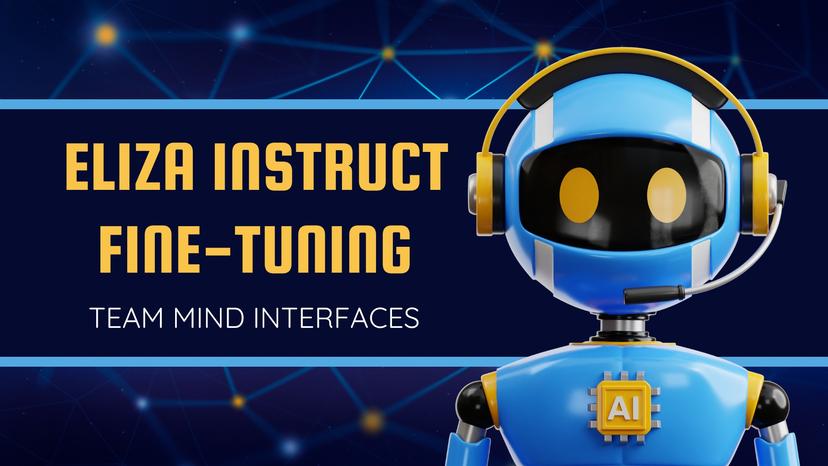
ELIZA EVOL INSTRUCT - Fine-Tuning
We attempted to instill the deterministic, rule-based reasoning found in ELIZA into a more advanced, probabilistic model like an LLM. This serves a dual purpose: To introduce a controlled variable in the form of ELIZA's deterministic logic into the more "fuzzy" neural network-based systems. To create a synthetic dataset that can be used for various Natural Language Processing (NLP) tasks, beyond fine-tuning the LLM. [ https://huggingface.co/datasets/MIND-INTERFACES/ELIZA-EVOL-INSTRUCT ] [ https://www.kaggle.com/code/wjburns/pippa-filter/ ] ELIZA Implementation: We implemented the script meticulously retaining its original transformational grammar and keyword matching techniques. Synthetic Data Generation: ELIZA then generated dialogues based on a seed dataset. These dialogues simulated both sides of a conversation and were structured to include the reasoning steps ELIZA took to arrive at its responses. Fine-tuning: This synthetic dataset was then used to fine-tune the LLM. The LLM learned not just the structure of human-like responses but also the deterministic logic that went into crafting those responses. Validation: We subjected the fine-tuned LLM to a series of tests to ensure it had successfully integrated ELIZA's deterministic logic while retaining its ability to generate human-like text. Challenges Dataset Imbalance: During the process, we encountered issues related to data imbalance. Certain ELIZA responses occurred more frequently in the synthetic dataset, risking undue bias. We managed this through rigorous data preprocessing. Complexity Management: Handling two very different types of language models—rule-based and neural network-based—posed its unique set of challenges. Significance This project offers insights into how the strength of classic models like ELIZA can be combined with modern neural network-based systems to produce a model that is both logically rigorous and contextually aware.
15 Sep 2023
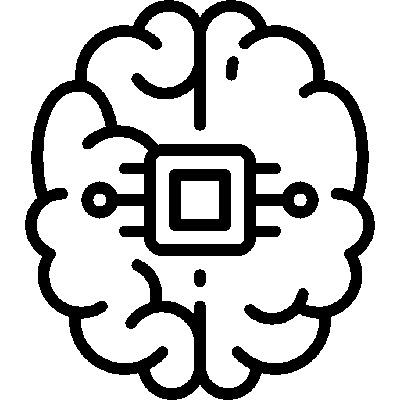

.png&w=640&q=75)
.png&w=640&q=75)
